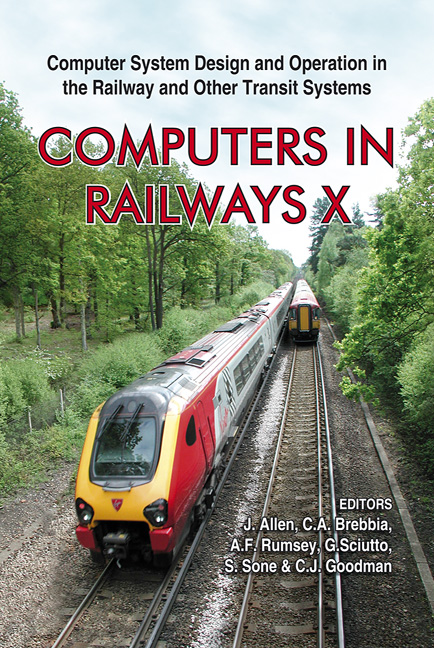System-independent And Quality Tested Availability Of Railway Data Across Country And System Borders By The Model Driven Approach
Price
Free (open access)
Transaction
Volume
88
Pages
11
Published
2006
Size
498 kb
Paper DOI
10.2495/CR060331
Copyright
WIT Press
Author(s)
H. R. Gnägi & N. Stahel
Abstract
The model driven approach attacks tasks around (geo-) data services by first exactly describing the data to be treated on the system- and format-independent conceptual level. Various services can effectively be supported by the precise conceptual model. We will show how e.g. the automatic link to a standard transfer format allows system-independent railway data checking and the successful integration of differently structured track data. A conceptual model for the railway data transferable by the XML-based transfer format railML© allows the comparison with the automatically generated XML-based model driven format. Different possibilities are presented to combine the two approaches for integrating railway data across system and country borders and providing a sustainable interoperability. Keywords: model driven approach, data integration, interoperability, railway data, transfer format, semantic transformation, railML©, UML, INTERLIS. 1 Introduction Our application of the model driven approach to railway data started in summer 2003. The question was, if and how very differently structured administrative and commercial data from various systems could commonly be made available without changing the original systems. Especially needed was the link of these data with the track geometry. Hofmann [4] arrived to link CERES and DfA data and to provide a common visualisation. In the LINKOST project of Swiss Federal Railways SBB [2] and the GeoRail project of UIC [1] N. Stahel and H.R. Gnägi [7] provided a demonstrator implementation extending Hofmann’s data
Keywords
model driven approach, data integration, interoperability, railwaydata, transfer format, semantic transformation, railML©, UML, INTERLIS.





